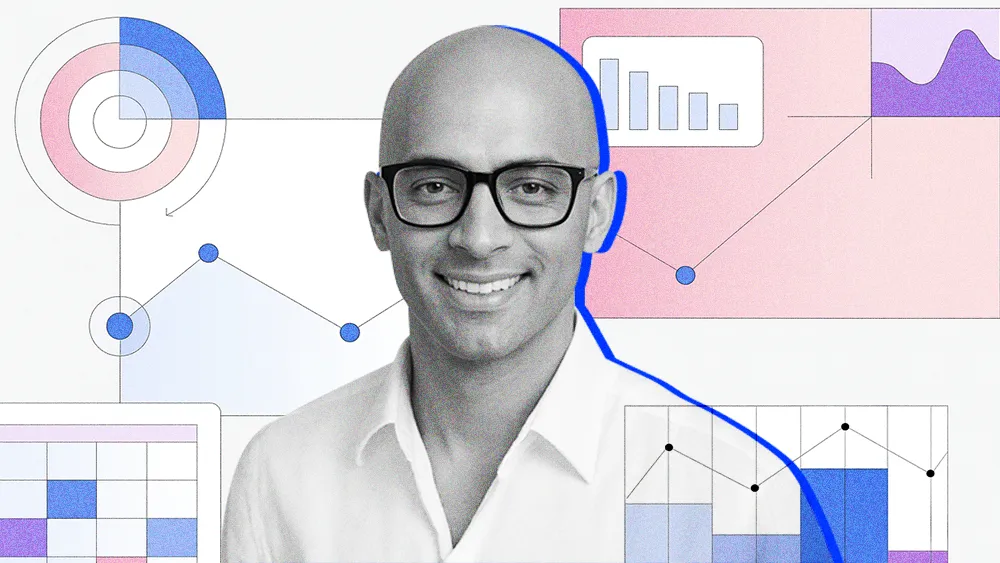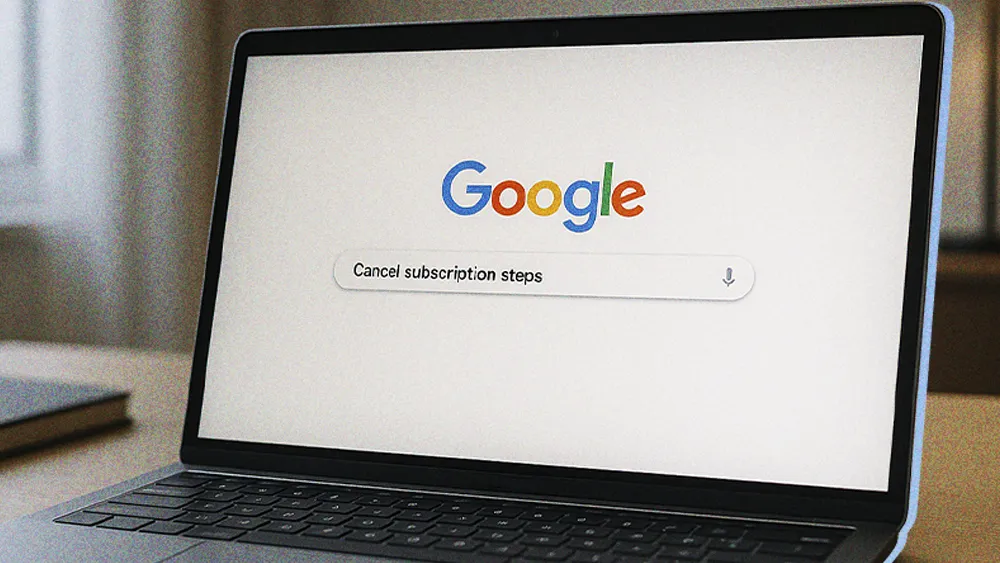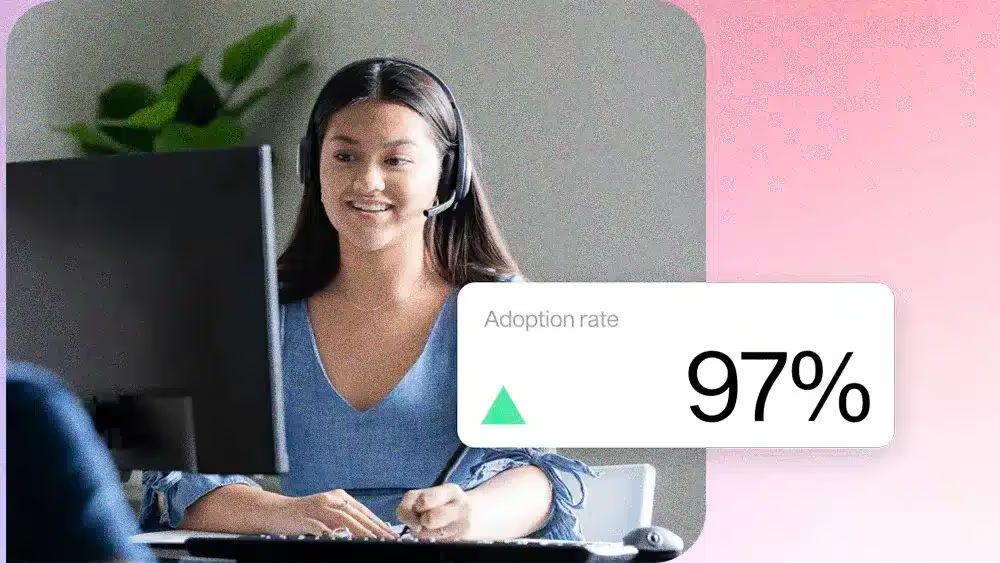
Credit: Mikhail Nilov (edited)
When things go wrong, strategic CS turns crisis into trust and stops churn before it starts
Key points
De'Edra Williams, Chief Customer Officer at AI-driven skilled worker training platform DeepHow, discusses the importance of honesty and finding alternative solutions when product promises change.
Proactive monitoring of customer engagement allows for early intervention and value delivery, reducing churn risk.
Defining the ICP is a shared responsibility across the GTM team to prevent misaligned customer relationships.
Trust should always be our North Star. It’s built when we execute on our promises, and critically, it’s maintained when we help customers realize value and understand their desired business outcomes, even when the original path changes.
For CS teams, trust is rarely built when things go smoothly. It’s built when they don’t. In B2B relationships full of unmet expectations and shifting promises, breakdowns aren’t just inevitable. They’re critical moments to prevent churn and rebuild something stronger.
De'Edra Williams is Chief Customer Officer at DeepHow, a company that uses AI to transform technical know-how into smart training videos for skilled workers. With over 15 years in CS at companies like Salesforce and SAP, she argues that trust is built not just by meeting expectations, but by how teams respond when things break down.
Forged in fire: "Trust should always be our North Star," Williams says. "It’s built when we execute on our promises, and critically, it's maintained when we help customers realize value and understand their desired business outcomes, even when the original path changes."
She recalls a customer who bought based on a roadmap feature that was later delayed. "We had to go to that customer and say, 'You bought our solution based on this particular use case, and unfortunately, we can't deliver that product as planned.' You have to be willing to be honest and find a solution," explains Williams. "By finding an alternative use case, we not only retained the relationship but built such trust that when the original solution did become available, they were ready."
Before the blaze: While handling crises with transparency builds trust, Williams emphasizes prevention to stop CS from becoming a perpetual cleanup crew. For her, prevention starts with deciding who becomes a customer at all. "We analyzed every churned account and saw clear risk patterns: no viable use case or no committed stakeholder. That forced a tough question: do we even sell to this type of customer?"
Defining the ICP is a shared GTM responsibility, she says, not just a CS concern. "The biggest misnomer in customer success is thinking a misaligned customer is CS’s fault. It’s a breakdown across the entire GTM team, and we have to work collectively to solve that," Williams says.
The biggest misnomer in customer success is thinking a misaligned customer is CS’s fault. It’s a breakdown across the entire GTM team, and we have to work collectively to solve that.
QBR won't cut it: This philosophy of proactive, collective engagement extends into the CS team's daily operations. "In the old world of CS we were reactive, looking at usage data from last month—a lagging indicator," Williams explains. "Now, I have my team pull a report showing any customer with no usage over a five-day period. That’s our proactive trigger." The shift allows for early intervention. "Waiting for a quarterly business review to find out a customer is disengaged is often too late. By proactively monitoring usage trends we can actively go in and figure out what’s wrong, and course-correct to help them get value before they become a churn risk."
Red to green: One major benefit of these proactive measures, Williams notes, is that they help teams focus on customers they can actually impact, rather than those facing uncontrollable external factors. That clarity leads to healthier accounts. "We've moved the needle on the number of customers that could potentially churn with us," says Williams. "Anytime I'm able to move a customer from red to yellow and then get them to green, that's a powerful statement."



